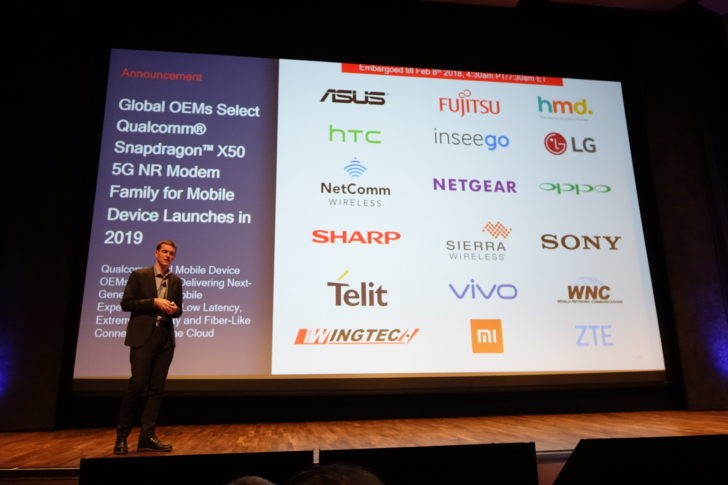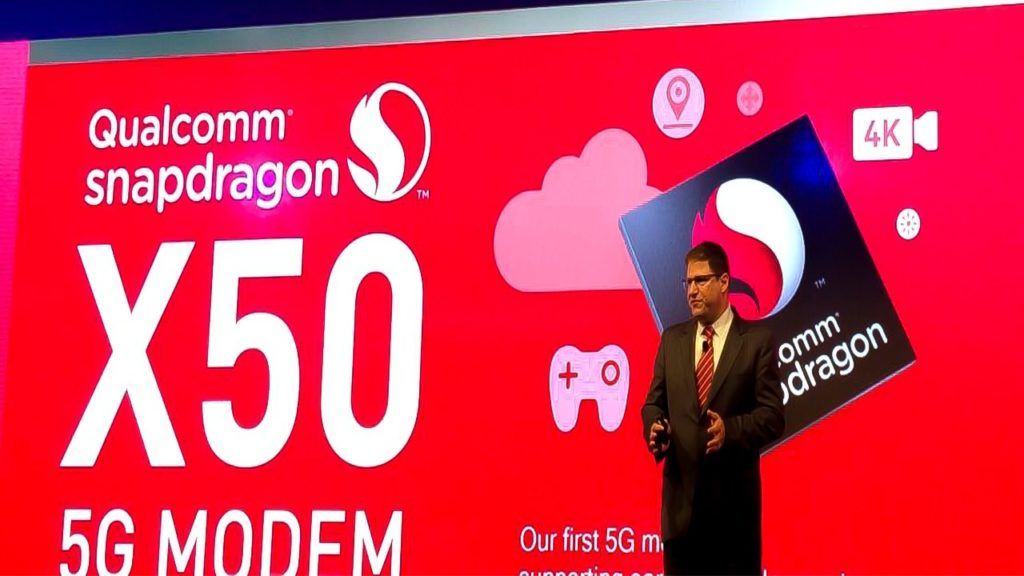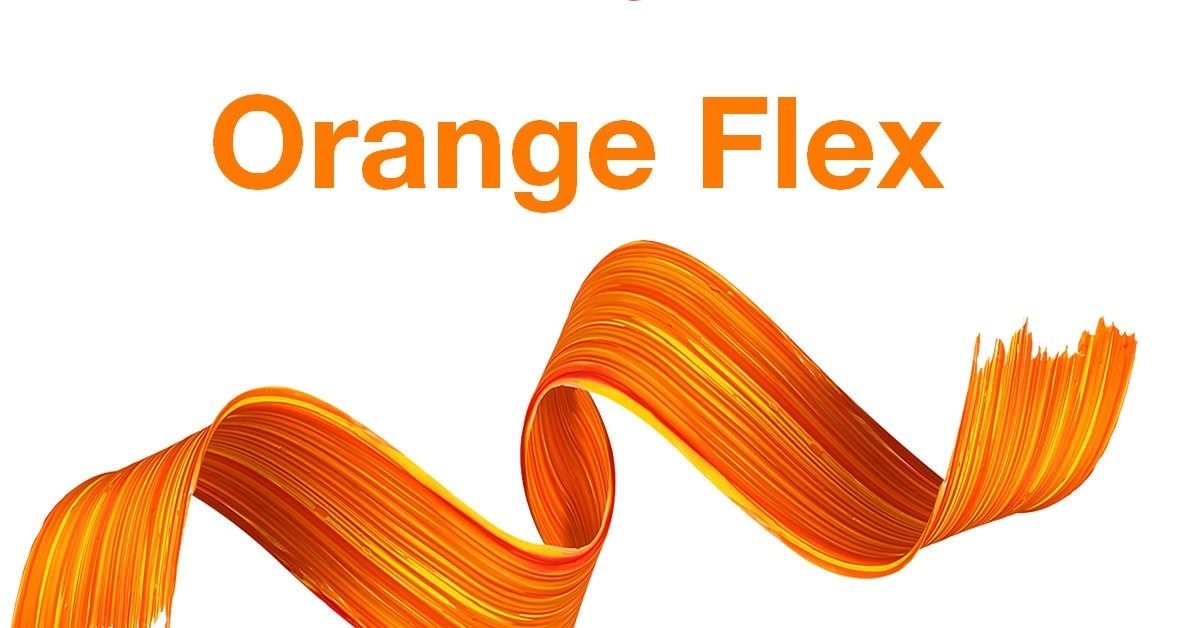Lista 18 producentów została przedstawiona wczoraj na konferencji. Są to: Asus, Fujitsu, HMD Global (czyt. Nokia), HTC, Inseego/Novatel Wireless, LG, NetComm Wireless, NETGEAR, OPPO, Sharp, Sierra Wireless, Sony, Telit, Vivo, Wingtech, WNC, Xiaomi i ZTE. Ostatnio pisałem o tym, że HTC pokazało na pewnej konferencji swojego smartfona, który obsługuje łączność 5G. Okazuje się jednak, że raczej nie chodziło o HTC U12. Modem X50, który obsługuje tę sieć ma zawitac do smartfonów wyżej wymienionych producentów dopiero w 2019 roku. Chyba, że producent ma coś innego w planach i pojawi się z innym układem.
Nie wiem czy zauważyłeś brak znaczącego producenta na tej liście. Przyjrzyj się ponownie, a zwrócisz uwagę na to, że nie wymieniono Samsunga. To nic nie znaczy, bo gigant i tak będzie wyposażony w ten podzespół, bo już wcześniej ogłoszono współpracę pomiędzy dwoma firmami. Zapewne ustalono indywidualne warunki i być może Samsung będzie miał coś na wyłączność.
Qualcomm Incorporated (NASDAQ: QCOM) today announced that its subsidiary, Qualcomm Technologies, Inc. (Qualcomm Technologies), and Samsung Electronics Co. Ltd. have announced a multi-year strategic relationship agreement between the two companies in various technology areas and across a range of mobile devices. This deal expands the companies’ longstanding relationship as technology and business partners this year and beyond, through the transition to 5G. (źródło)
Czy lista producentów coś zmienia? Czy inne firmy muszą szukać innych rozwiązań? Nie, jest to tylko sztuka dla sztuki, bo i tak większość smartfonów, prędzej czy później, zostanie wyposażonych w taki modem.
Teraz musimy zadać sobie pytanie, czy to ma sens? Czy sieć 4G nie jest wystarczająca? Kiedyś mój znajomy twierdzi, że nie potrzebuje szybszego połączenia w smartfonie i tablecie. Obecna infrastruktura w zupełności mu wystarcza. Jednym z argumentów było to, że operatorzy komórkowi musieliby znieść limity danych, bo sieć 5G spowoduje, że zacznie „uciekać” mu więcej danych. Takie rozumowanie też przeczytałem kiedyś w kilku komentarzach. Trochę głupie, bo zwiększy się prędkość i dopóki oglądasz w tej samej jakości filmy, to nic się nie zmienia.

Poniżej informacja prasowa w języku angielskim.
Global OEMs Select Qualcomm Snapdragon X50 5G NR Modem Family for Mobile Device Launches in 2019
— Qualcomm and Mobile Device OEMs Focus on Delivering Next-Generation 5G Mobile Experiences with Low Latency, Extreme Capacity and Fiber-Like Connectivity to the Cloud — SAN DIEGO — February 8, 2018 —
Qualcomm Technologies, Inc., a subsidiary of Qualcomm Incorporated (NASDAQ: QCOM), today announced that its Qualcomm® Snapdragon™ X50 5G NR modem family has been selected by a number of global original equipment manufacturers (OEMs) for standard-compliant 5G NR mobile device product launches starting in 2019. Those working with Qualcomm Technologies include OEMs such as Asus, Fujitsu Limited, Fujitsu Connected Technologies Limited, HMD Global – the home of Nokia phones, HTC, Inseego/Novatel Wireless, LG, NetComm Wireless, NETGEAR, OPPO, Sharp Corporation, Sierra Wireless, Sony Mobile, Telit, vivo, Wingtech, WNC, Xiaomi and ZTE. These OEMs are working to commercialize 5G mobile devices for the sub-6 GHz and millimeter wave (mmWave) spectrum bands starting in 2019 based on the first commercially announced 5G modem solution, the Snapdragon X50 5G NR modem family.
“Qualcomm Technologies is deeply committed to helping our customers deliver next-generation 5G mobile experiences to consumers, which requires enhanced mobile broadband 5G NR connectivity enabled by 5G NR networks, mobile devices and the Snapdragon X50 5G modem,” said Alex Katouzian, senior vice president and general manager, mobile, Qualcomm Technologies, Inc. “As evidenced by our work with these distinguished OEMs from around the globe and as we demonstrated in 3G and 4G LTE, Qualcomm Technologies is utilizing our deep expertise and technology leadership to support the successful launch of 5G NR, driving innovation in the mobile ecosystem.”
Qualcomm Technologies continues to be a mobile industry leader with its 5G mobile chipset products and 5G ecosystem collaborations in support of aiming to deliver commercial 5G NR mobile devices in 2019. The arrival of 5G will expand mobile into new spectrum bands and all spectrum types, allowing for enhanced mobile broadband and increasing the overall average download speeds for virtually all smartphone users. 5G NR technologies will allow for multi gigabit per second data rates at significantly lower latency than today’s network, amongst other capabilities. These technologies will be critical to meeting the increasing connectivity requirements for emerging consumer mobile broadband experiences such as virtual reality, augmented reality and fiber-like cloud connectivity, as well as enabling new high-reliability, low-latency services. Furthermore, for the Always Connected PC, significantly lower latency will allow for an instant link to the cloud for applications requiring real-time interactivity, such as interactive gaming, real-time audio translation, real-time text translation and real-time collaborative editing.
5G use cases include enhanced mobile broadband to smartphones; Always Connected PCs; head mounted displays (HMD) for virtual reality (VR), augmented reality (AR) and extended reality (XR); and Mobile Broadband, all of which require constant and consistent cloud connectivity. Expanding on each of these areas:
• 5G-enabled smartphones: With 5G, consumers will almost never again need to log on to public Wi-Fi. They will also enjoy faster browsing, faster downloads, better quality video calls, UHD and 360-degree video streaming and instant cloud access than currently available.
• Always Connected PCs: With the advent of 5G networks, “Always Connected” PCs will be able to utilize super high speed, low latency connectivity for the next level of cloud services, as well as high-quality video conferencing, interactive gaming and increased productivity due to the flexibility to work anywhere.
• HMDs: 5G enhanced mobile broadband will further elevate virtual reality (VR), augmented reality (AR) and extended reality (XR) experiences with its increased capacity at lower cost and ultra-low latency – down to 1 millisecond.
• Mobile Broadband: Fiber speeds and massive capacity to support insatiable consumer demand for unlimited data, as well as superior mobile and home broadband internet access.




